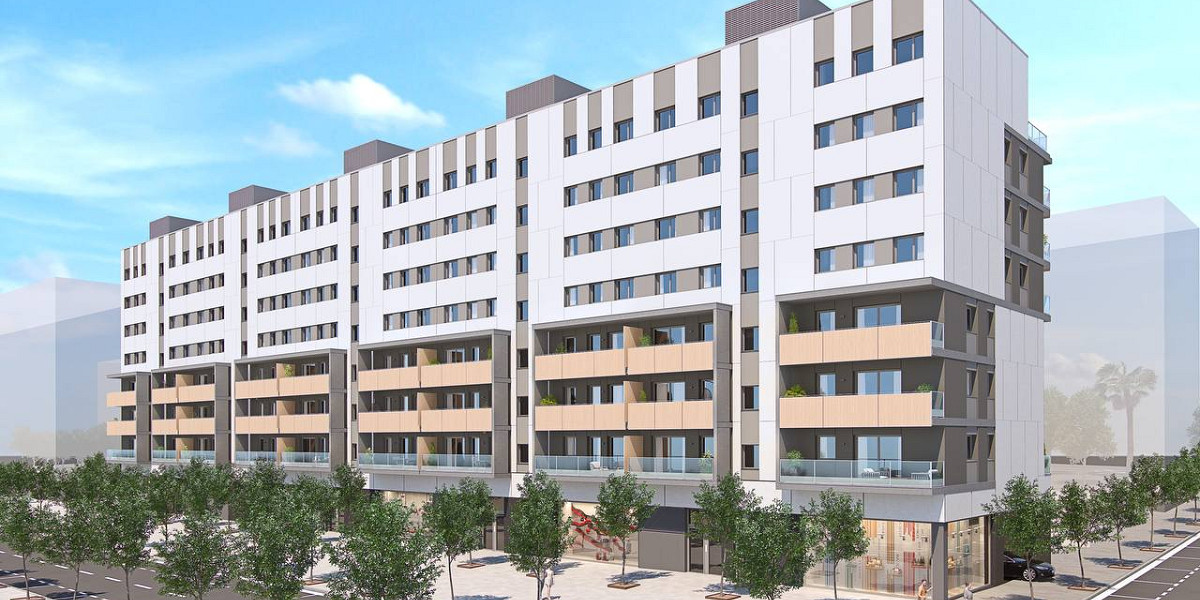Spain faces a structural imbalance in its housing market. According to the report by the Spanish Real Estate Consulting Association (ACI), in 2024, 134,649 fewer homes were delivered than needed to accommodate new households. The cumulative deficit over the last 5 years (2019-2024) reached 349,934 units.
Regional Disparities:
1. Housing Shortage: Most acute in large cities and tourist areas. Leading cumulative deficits (5 years):
- Madrid: -44,905
- Barcelona: -43,983
- Valencia: -32,790
- Alicante: -31,142
- Santa Cruz de Tenerife: -25,339
- Murcia: -24,179
- Las Palmas: -18,663
2. Housing Surplus: Recorded in 15 provinces and 2 autonomous cities (Ceuta, Melilla). The cumulative surplus (5 years) was 27,600 units. Leading areas:
- Asturias: +6,777 (also leader in 2024: +1,563)
- Guipúzcoa: +3,064
- Cáceres: +2,452 (+1,077 in 2024)
- Burgos: +2,028
- Zamora: +1,667 (+468 in 2024)
- Ciudad Real: +1,644
- Palencia: +1,621
Others: León, Lleida, Salamanca, Soria, Valladolid, Jaén, La Rioja, Cuenca, Ceuta, Melilla.
Key ACI Conclusions:
Surplus areas demonstrate better urban planning and local developer dynamism, but their national impact is limited (+5,005 units in 2024).
The severe shortage in high-demand areas (Madrid, Barcelona, coasts) exacerbates market tension and contributes to rising prices.
Structural causes of the deficit: scarcity of ready-to-build land ("suelo finalista"), rising construction costs, regulatory constraints, and delays in urban planning procedures. The current delivery rate fails to meet demographic growth and housing needs.

